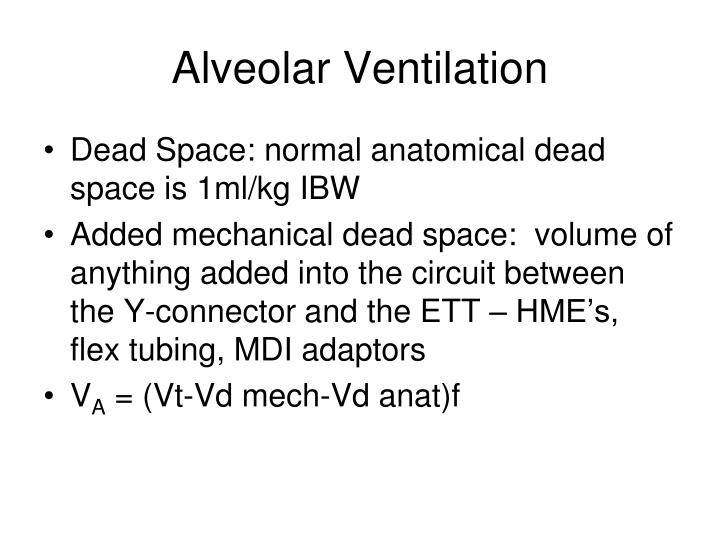
See more Open Access OptionĮxtended studies on the concept of dead space have been made in the last half-century. Measurement devices (pressure, temperature, flow, voltage, frequency etc.), precision engineering, medical devices, instrumentation for education (devices and software), sensor technology, mechatronics and robotics. Solid-state physics, radio engineering, telecommunications, control systems, signal processing, power electronics, electronic devices and circuits and automation. Operations research, systems engineering, management science, complex systems and cybernetics applications and information technologies Electronic Engineering Computer ScienceĬomputer graphics and visualization, programming, human-computer interaction, neural networks, image processing and software engineering. JART classifies research into the following main fields: Material Scienceīiomaterials, carbon, ceramics, composite, metals, polymers, thin films, functional materials and semiconductors.

The journal does not charge for submission, processing, publication of manuscripts or for color reproduction of photographs. JART publishes manuscripts describing original research, with significant results based on experimental, theoretical and numerical work. The second equation requires an estimated Vd an and is applicable when Pa CO 2 is not measured or does not plateau (as in exercise).The Journal of Applied Research and Technology (JART) is a bimonthly open access journal that publishes papers on innovative applications, development of new technologies and efficient solutions in engineering, computing and scientific research. This fraction is ( Pa CO 2/Pa CO 2) 2, where Pa CO 2 and Pa CO 2 are the mean partial pressures of expired alveolar and of arterial CO 2 in the other equation this fraction is 2 where Pe CO 2 is mixed expired Pco 2 and Vd an is anatomical dead space. The fraction of Vd m subtracted from Vd n is the square of the ratio of effective alveolar to total alveolar ventilation and is never > 1. With only a small modification, these equations are suitable for routine clinical use and give Vd p/ Vt within 0.02 of that by the validated equations (32 of 33 comparisons).


To make the proper correction for Vd m, two equations have been derived and validated with seven subjects having Vd p/ Vt from 0.29 to 0.87, using Vd m's from 120 to 322 ml. Under these conditions the traditional subtraction of Vd m from Vd n leads to underestimation of Vd p and can give a falsely small ratio of Vd p to tidal volume ( Vt) when, in fact, an abnormally large Vd p/ Vt exists. When physiological dead space ( Vd p) is calculated for a patient who has alveolar dead space, e.g., after pulmonary vascular occlusion, less than the full volume of attached mechanical dead space ( Vd m) appears in the measured dead space ( Vd n).


 0 kommentar(er)
0 kommentar(er)
